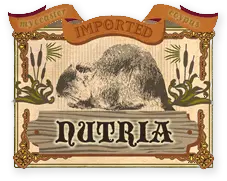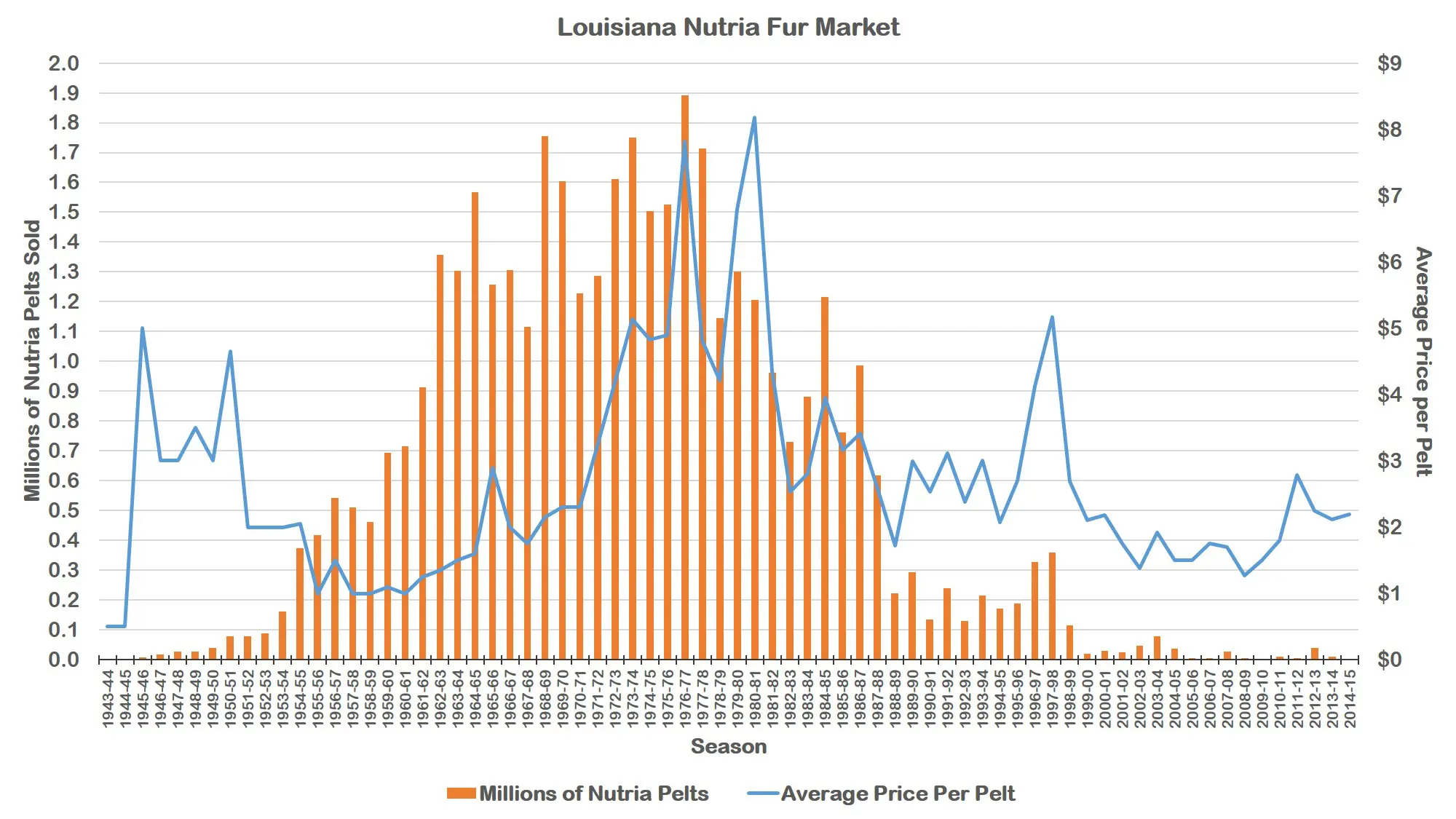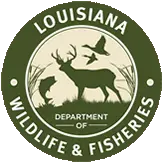Nutria Population Dynamics – A Timeline
1930s –
Imported from fur farms, nutria were released, either intentionally or accidentally, in the Louisiana marshes in the 1930s, and soon after, feral populations were established near the Gulf Coast. Nutria continued to expand their range from there as they were trapped and transplanted into marshes from Port Arthur, Texas to the Mississippi River in 1941. Later that year, a hurricane further dispersed nutria populations in southeast Texas and southwest Louisiana.
Late 1940s –
In the late 1940s, nutria were promoted as biological agents for controlling aquatic weeds, primarily water hyacinth, and were transplanted throughout southeastern Louisiana. Rapid population growth followed for several years thereafter. Annual pelt harvest records and damage reports were the primary source of information on population dynamics at that time.
Mid-1950s –
At this time, reports started coming in describing the damage done to marshes, rice and sugarcane fields, and levee systems, as nutria populations soared to 20 million animals. Biologists described areas where nutria had completely denuded natural levees at the mouth of the Mississippi River. The marsh had been weakened by severe over-grazing, and in 1957, Hurricane Audrey hit southwestern Louisiana. Its storm surge further weakened the marsh as a huge wave of seawater pushed thousands of nutria inland, accelerating the rate at which the animals spread. Soon after, reports of agricultural damage increased, and in 1958 nutria were taken off the list of protected wildlife.
1960s to 1980s –
As the state promoted nutria fur as a natural resource, efforts to manage nutria as a pest began to compete with the growing fur industry. In 1965, the nutria was returned to the protected wildlife list. From 1962 to 1982, 1.3 million nutria were harvested annually for their fur from the coastal marshes. Reports of nutria damage declined substantially, and periodic severe weather helped to reduce populations.
Historical Comparison of Nutria Pelts Sold and Pelt Prices
(Graph does not include CNCP harvests)
Mid-1980s –
The international fur market began to shrink during the mid-1980s, and, as a result, harvest levels substantially declined. Reports of significant nutria damage to the wetlands began coming from coastal land managers during the 1987-88 harvest season, which had been dramatically less productive than previous years due to the declining fur trade and stock market crash of 1987. Aerial surveys in 1988 confirmed damage was occurring, particularly of the southeastern marshes.
1990s –
In the 1990-91 harvest season, only 134,000 nutria were harvested. Aerial wetland damage surveys began in earnest in 1993 and were conducted again in 1995, 1996, 1998-2002. Survey results clearly show that nutria damage in recent years is concentrated in the Deltaic Plain in southeastern Louisiana. This indicates high nutria populations that are exceeding the local carrying capacity.
2000 –
In 2000, the U.S. Congress passed an appropriation to address Brown Marsh Dieback and to provide funds for a number of research studies on nutria. The Coastal Wetlands Planning, Protection, and Restoration Act, also known as the Breaux Act, has provided grant funding for coastal restoration and conservation. In 2002, a final report on Nutria Control Methods was completed by Genesis Laboratories under contract by the Louisiana Department of Natural Resources. After reviewing a number of possible methods to reduce nutria, the report concludes that the incentive payment program is the best option for coast-wide control. The report confirms the method advocated by the Louisiana Department of Wildlife and Fisheries. This program was put in place when the trapping season opened in November 2002.


